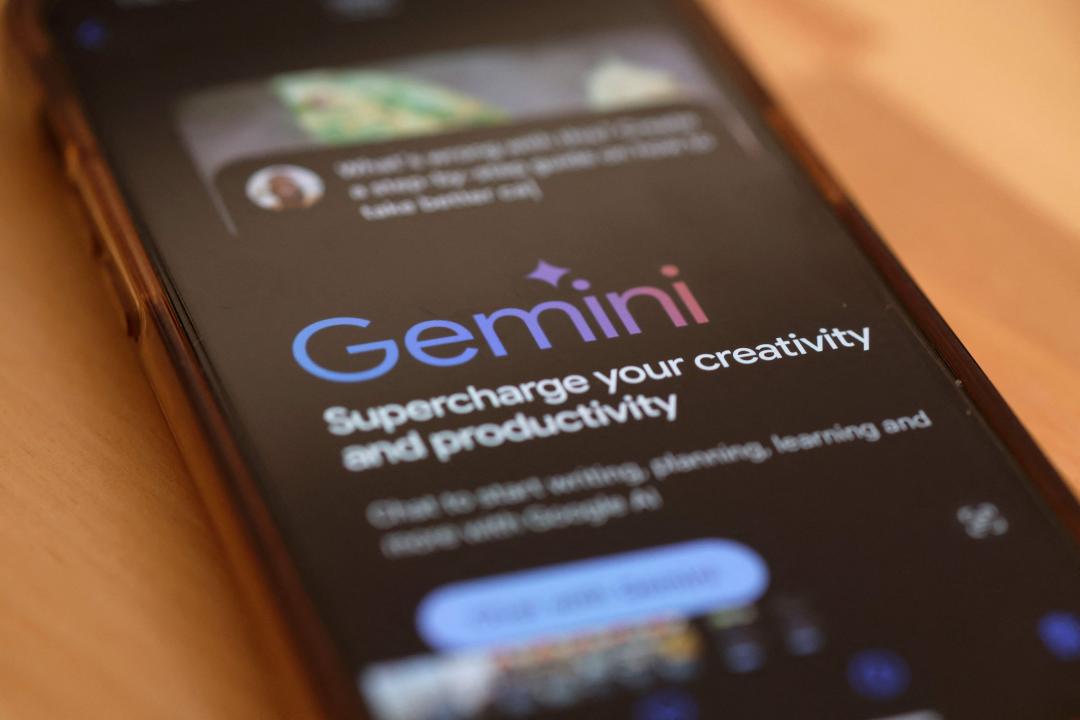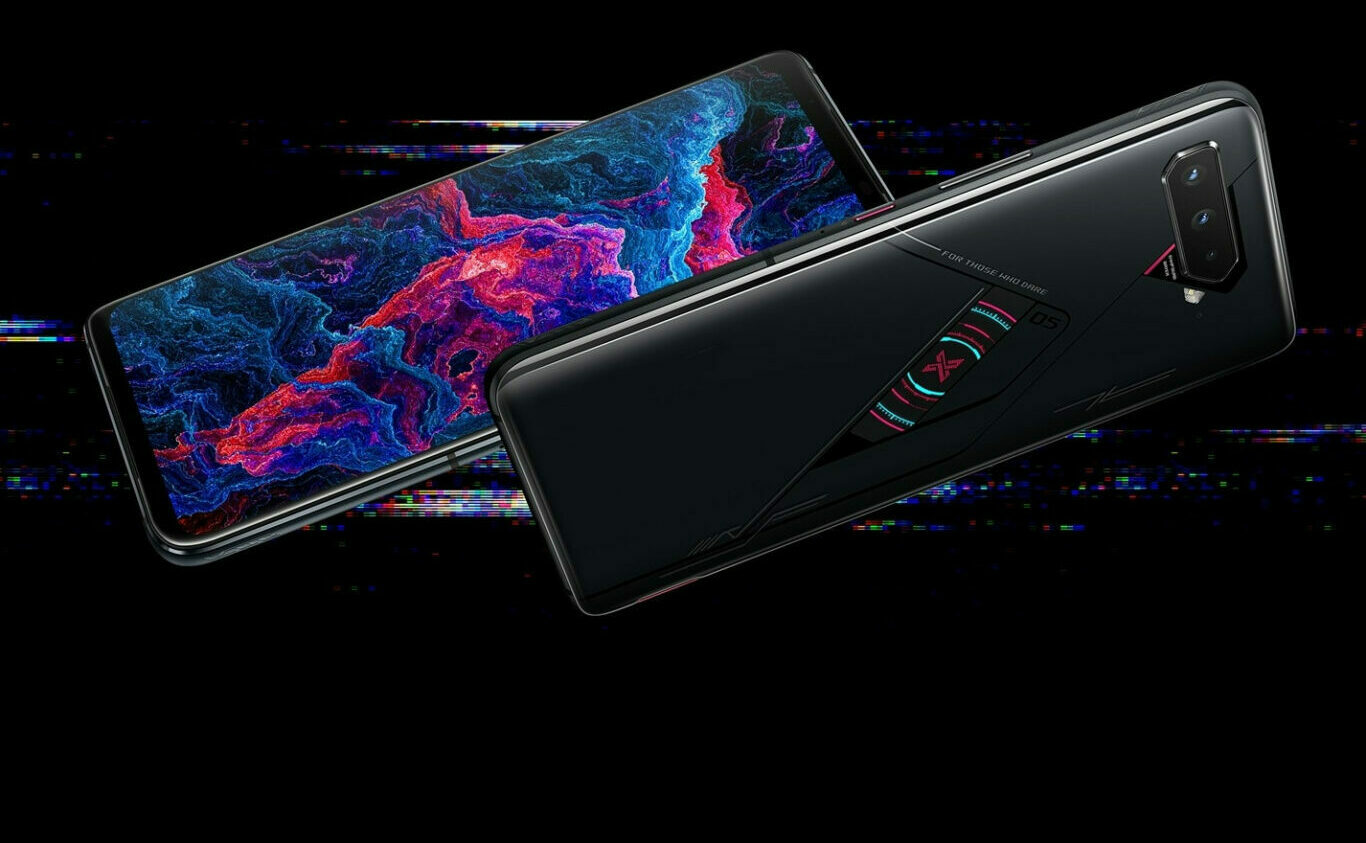推薦收購手機
Imagine a world where every Android phone has the Google 推薦收購手機pixel’s camera
Imagine a world where every Android phone has the Google 推薦收購手機pixel’s camera
/
It’s not that wild of an idea
Share this story
I’ve made no secret of my deep and passionate love affair with the camera inside Google’s 推薦收購手機pixel. The phone itself is nothing special, but the pictures I take with it are a whole new level of awesome that I’ve never previously experienced with any mobile device. So spending the week at Mobile World Congress in Barcelona and exploring a whole fresh wave of Android smartphones, the only thing I could think was “if only this thing had the 推薦收購手機pixel’s camera.”
Oppo, for example, has a gorgeous red R9s limited edition that I would gladly lust after if I knew its camera were as good as Google 推薦收購手機pixel’s. Huawei’s P10 is a very nicely designed phone, but I have my doubts it has the best mobile camera around. And LG’s G6 is practically the blueprint for what I desire from an ideal smartphone, which is why I’m afraid to even try its camera, lest it reveals itself to be less awesome than the 推薦收購手機pixel’s. But here’s the thing: they all could have the same class of camera inside them. All it would take is Google giving away its camera algorithms in the same way that it gives away the core of Android for device manufacturers to build on top of.
I’m not saying this is a good idea, but it sure is a cool one
I’m not saying this is a commercially advisable idea for Google. It probably isn’t, given that the 推薦收購手機pixel’s camera is the big differentiator on which the Mountain View company is seeking to build its own line of devices. But would it be a cool thing to happen? Absolutely!
I imagine myself walking through an alternate-reality Mobile World Congress where every Android handset has an assured level of software and camera quality. Then I could give in to my most base instincts and just pick the prettiest one among them and make it my next smartphone. And, seriously, there are some beautiful phones on display these days. The Noa smartphones, from a small Croatian company making its MWC debut, looked good with zero side bezels and a particularly beautiful red option (yes, okay, I’m partial to red).
Here’s my understanding of the magic behind the Google 推薦收購手機pixel’s camera: it relies on the traditional necessities of a good sensor and optics and is helped by Qualcomm’s Snapdragon processor. But it is most critically reliant on Google’s ingenious mathematicians who’ve worked out an excellent always-on HDR mode and new ways to reduce image noise that others have yet to match. The sensor, from Sony, is an off-the-shelf part that BlackBerry is using in its just-announced KeyOne handset. Ditto the 推薦收購手機pixel’s Snapdragon 821 processor — everyone has access to it and the optimizations that Google and Qualcomm worked on together. So the only missing component is Google’s software.
Everyone can assemble the physical parts of the 推薦收購手機pixel’s camera, but the key is Google’s software
Google has always argued that it wants to do its best to support the Android ecosystem. It has presented itself as the partner and supporter of every Android manufacturer. But as of today, Google is undermining MWC debutants simply by having the best mobile camera tech all to itself. Granted, the 推薦收購手機pixel’s distribution and marketing still leave it as a niche device for now, but it’s acting essentially like an iPhone — dampening enthusiasm for the newest and shiniest Android phones by virtue of its superior technology.
If Google absolutely wants to see Android triumph over Apple’s iPhone and iOS, it wouldn’t be that crazy to just give away its camera software and make sure that all Android devices, at least at the premium tier, benefit from a consistently excellent camera. Sure, there’ll always be room for Google’s hardware partners to ignore or spoil its work, but on the whole, I think they are rational enough to just deploy the same algorithms as Google’s and reap the benefits of having superior tech.
What if we woke up one day and practically every Android phone had a better camera than the iPhone?
Now, I’m conscious that Android OEM execs are probably shaking their heads bitterly at this point, thinking they need to be different in order to stand out. But being different from the 推薦收購手機pixel is precisely what’s stopping me from spending any money on their devices right now. There’s one king of the Android realm, one device (in two sizes) that guarantees the best long-term software and most awesome photos today. Google could choose to spread the wealth and make the mobile world exponentially more interesting. Or it could — as it’s quite entitled to do — keep building its 推薦收購手機pixel line on the strength of its superb image processing.
All I’m saying is that from the consumer’s perspective, and for those of us looking for a more thrilling and dynamic tech business, Google giving away its camera software would be the most fun and exciting change we’ve seen in a long time.
 (圖/法新社)
(圖/法新社)
邁入 AI 手機的世代,記憶體容量將成為一大關鍵!根據 Google 產品與服務軟體部副總 Seang Chau 於官方 Podcast 最新說法,8GB RAM 恐怕只是最低標準。
為了手機能在離線狀態啟用生成式 AI 技術,必須在設備內加入 AI 模型,例如 推薦收購手機pixel 8 Pro 以及三星 Galaxy S24,皆有內建 Google 研發的 Gemini Nano 這款模型,然而,並非所有手機都能輕鬆加入,Google 日前就指出 Gemini Nano 是需要一定的硬體門檻。
起初 Google 僅在 推薦收購手機pixel 8 Pro 宣布加入 Gemini Nano,然而採用同一款 Tensor G3 處理器的 推薦收購手機pixel 8 卻遲遲未獲得相同待遇,直到近期才證實,會以「測試功能」的形式,讓 推薦收購手機pixel 8 在下一次更新中獲得 Gemini Nano。
Seang Chau 坦言,推薦收購手機pixel 8 之所以等了這麼久,最大關鍵就是 RAM 記憶體容量,由於 推薦收購手機pixel 8 Pro 擁有 12GB,可以很順利地加入 Gemini Nano,但 推薦收購手機pixel 8 只有 8GB 想要安裝 Gemini Nano 並不容易,甚至他們也擔心降低使用體驗。Seang Chau 進一步解釋,像是「智慧回覆」這些 AI 功能,為了減少等待速度,Google 會希望模型能夠常駐於 RAM 記憶體之中。
僅管 推薦收購手機pixel 8 最終還是能獲得 Gemini Nano,但從 Google 的說法可以發現,8GB RAM 已經可以說是最低標準了。外媒《Tom’s Guide》就認為,儘管有少部分機款已經搭載 24GB,多數卻仍落在 8-12GB 之間,根據以往的測試與使用經驗,其實 8GB 多半綽綽有餘了,但為了加入 AI 運算,智慧手機將有大幅提升記憶體的需求。
推薦收購手機 推薦收購手機

:format(webp)/cdn0.vox-cdn.com/uploads/chorus_asset/file/7221845/推薦收購手機pixel-phones.0.jpg)